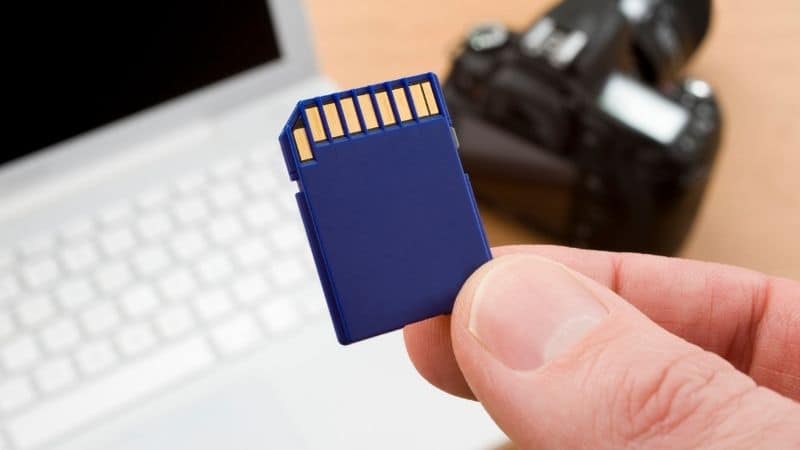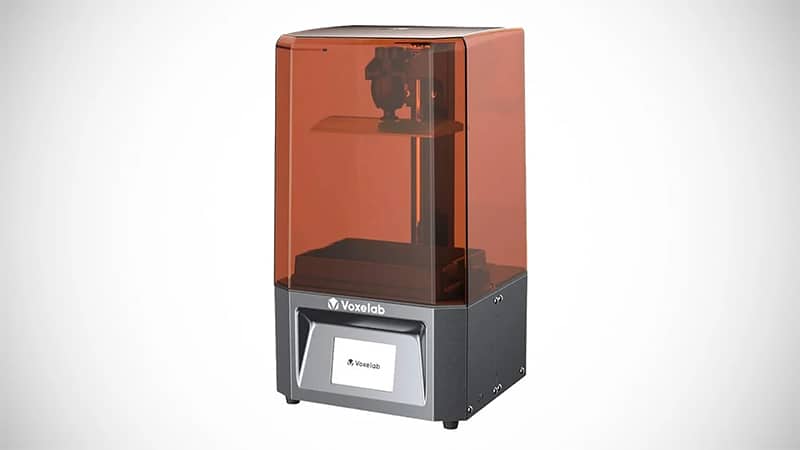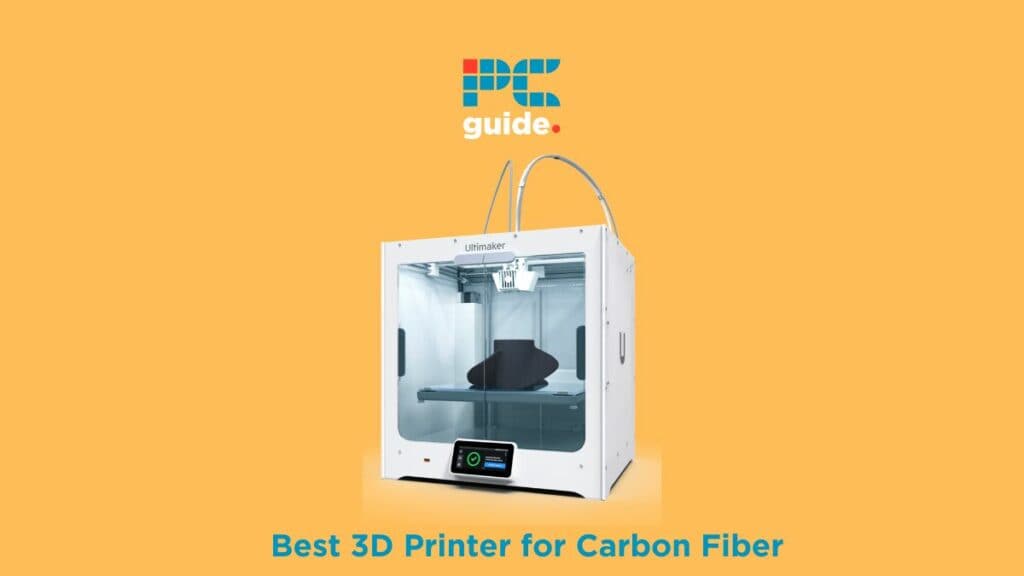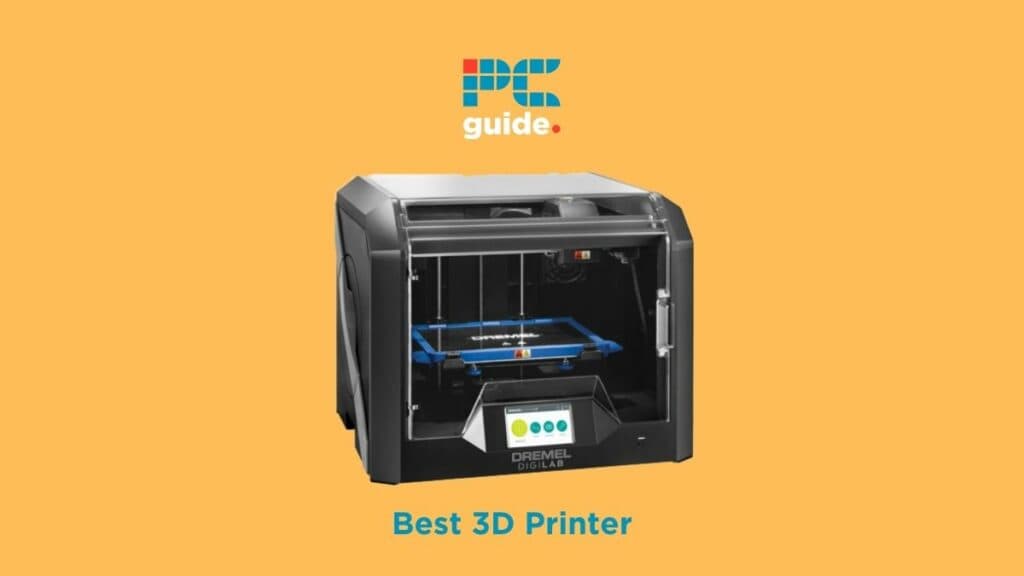3D Printer
-
How To Reformat SD Card
SD cards are used in almost every piece of technology we use in our daily lives, from video game consoles to digital cameras, all the way to mobile phones, though they usually…
Last Updated on July 15, 2024 · Kevin Pocock
-
Voxelab Proxima 6.0 Review
3D Printing with resin is about to hit the mainstream with the help of printers like the Proxima from Voxelab
Last Updated on July 11, 2024 · Paul McNally -
Best Carbon Fiber 3D Printer: How to Print Carbon Fiber Filament
We take a look at the best 3D printer for carbon fiber filament, no matter the budget!
Last Updated on June 12, 2024 · Tom Bardwell -
Best 3D Printer for Kids 2024: Top Kid-Friendly 3D Printer Picks
Find the perfect 3D printer to encourage creativity and technical skills
Last Updated on June 12, 2024 · Andrew Kirkcaldy













